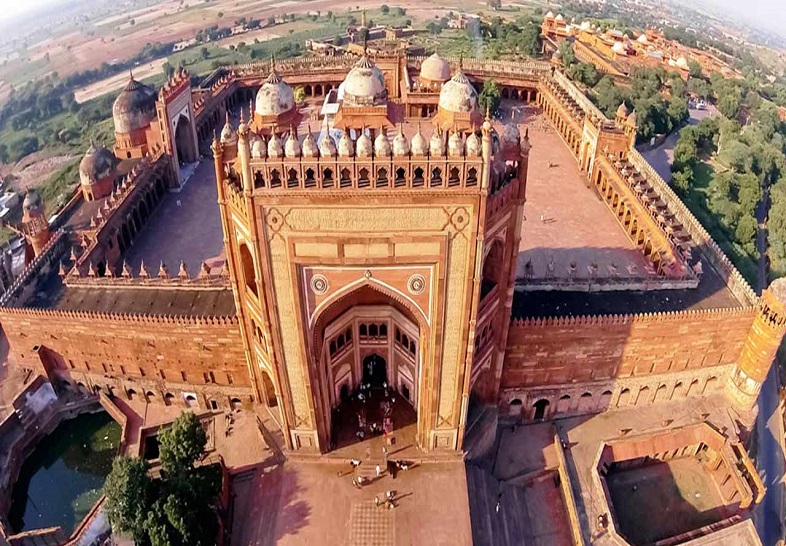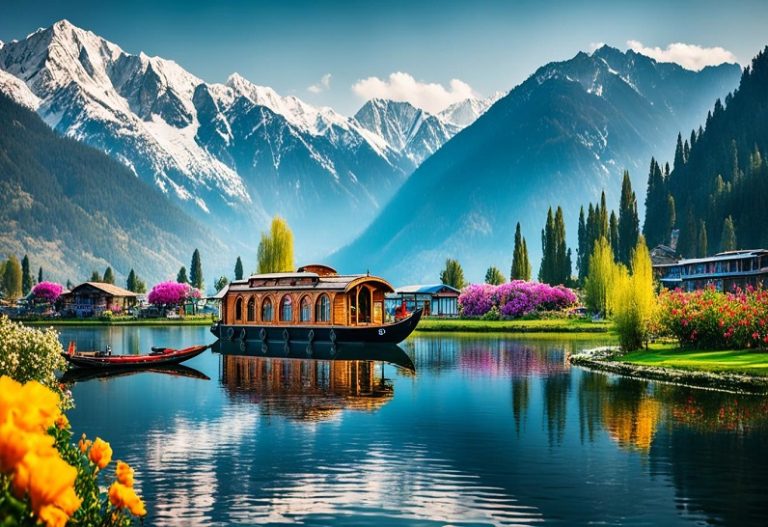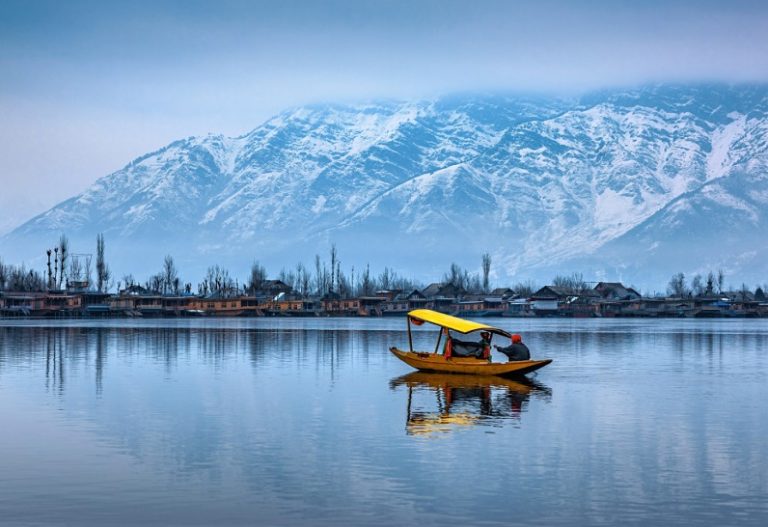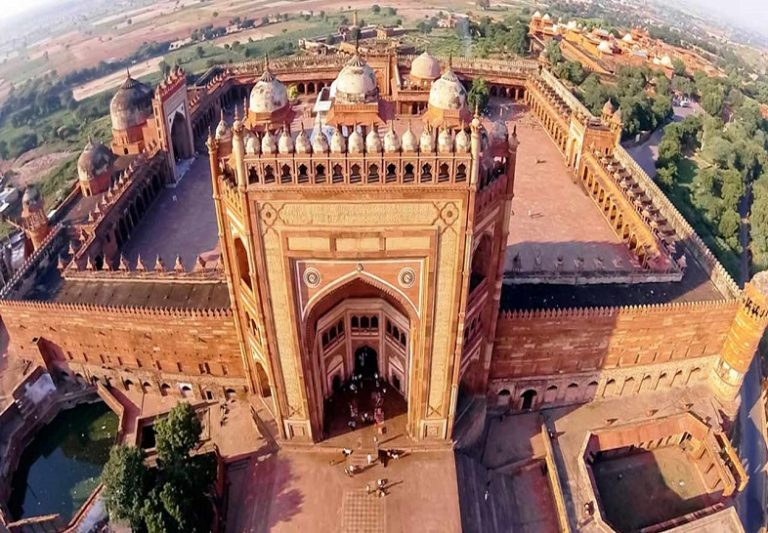
The beautiful yet abandoned capital of the Mughal Emperor Akbar. After ruling here for 15 years, he shifted his capital to Agra because of scarcity of water. Fatehpur Sikri, situated about 35km from Agra, used to be the capital of Mughals under Emperor Akbar’s rule. Fatehpur Sikri served as the capital for close to 15 years from 1561 A.D. to 1575 A.D. after which it was abandoned most likely due to paucity of water. The architecure of monuments is remarkable and its also a World Heritage Site. Not much of the city survived after Akbar shifted the capital back to Agra, but Jama Masjid, and the nearby Royal Palace are quite well preserved.
A historical anecdote – Akbar had twins with his Hindu Wife, Mariam-Uz-Ramani, but both of them died. Akbar then consulted the Sufi Saint Salim Chisti who predicted that he will have another son. His son was born in the year 1569 and was named Salim in the honour of the Saint. Akbar also decided to build a palace at Fatehpur Sikri to honor the Saint. Salim Chishti’s tomb was built in the Jama Masjid Complex at Fatehpur Sikri.
The Diwan-e-Khas entirely unique in its concept is a tall vaulted room with an intricately carved central pillar and capital supporting a platform that once held the emperor’s throne. Narrow galleries link this to the corners of the room where it is believed his ministers sat The airy Panch Mahal a 5 storied structure rising in pyramidal fashion was probably used by the ladies of the court. Set like a jewel in a courtyard of pink sandstone is the finest building here, the marble tomb of Salim Chisti enclosed by finely carved, lacy marble screens.
The Buland Darwaza, an imposing gateway 54 m high was built to commemorate Akbar’s Aligarh the famous university town is a center of Islamic studies. The city is also noted for its handicrafts and metal ware. According to contemporary historians, Akbar took a great interest in the building of Fatehpur Sikri and probably also dictated its architectural style. Seeking to revive the splendours of Persian court ceremonial made famous by his ancestor Timur, Akbar planned the complex on Persian principles. But the influences of his adopted land came through in the typically Indian embellishments.
The Easy availability of sandstone in the neighbouring areas of Fatehpur Sikri, also meant that all the buildings here were made of the red stone. The imperial Palace complex consists of a number of independent pavilions arranged in formal geometry on a piece of level ground, a pattern derived from Arab and central Asian tent encampments. In its entirety, the monuments at Fatehpur Sikri thus reflect the genius of Akbar in assimilating diverse regional architectural influences within a holistic style that was uniquely his own. Thus, Fatehpur Sikri is one of the historic monuments which is timeless and has rightly earned the status of a world heritage site.
Also See: Agra Fort and its many interesting facets
Also See: Taj Mahal world heritage site




